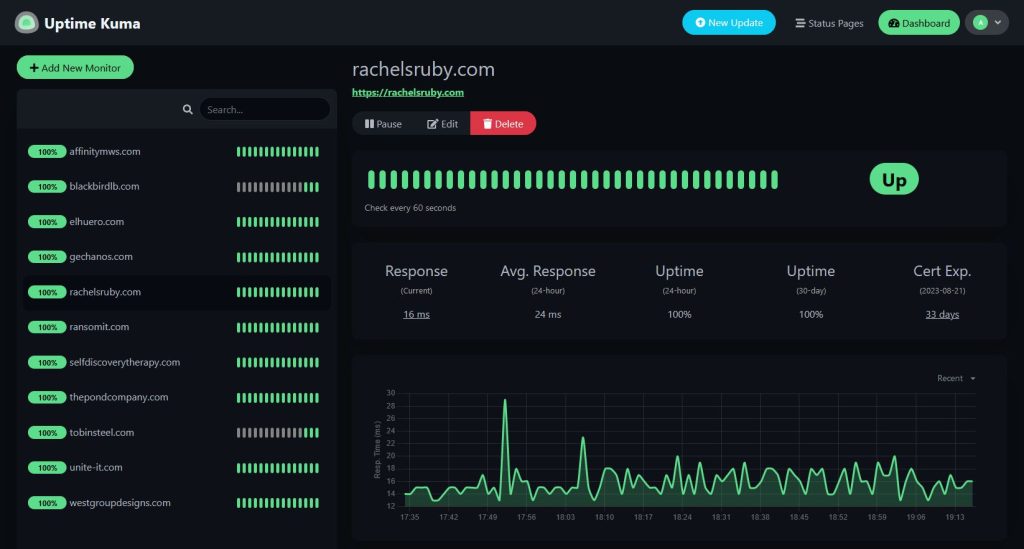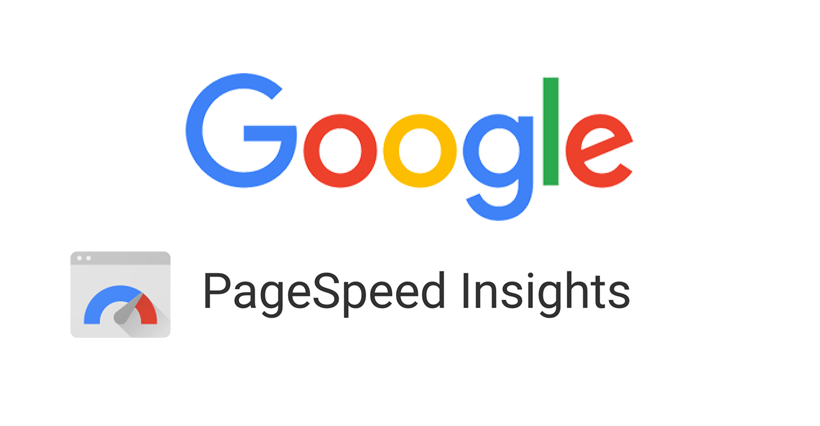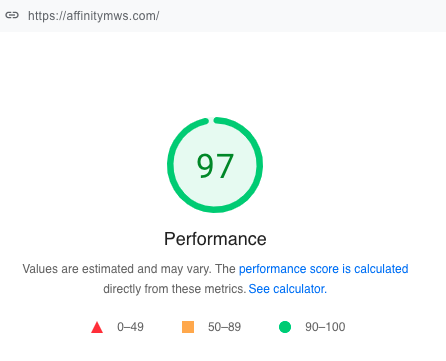Here are three ways to maximize SEO for your website:
Keyword research is the foundation of successful SEO strategy. Start by brainstorming topics relevant to your business and industry. Tools like Google Keyword Planner, Ahrefs, or SEMrush can help identify high-volume, low-competition keywords. We focus on long-tail keywords that are more specific and easier to rank. We also focus on analysis of competitors' keywords to find gaps and opportunities. Grouping related keywords into topics to create a content plan can guide the process. We prioritize keyword use based on search volume, relevance, and difficulty.
When writing content, use your target keyword in the titles, headings, meta descriptions, and include them naturally throughout the text. We avoid keyword stuffing and aim for a keyword density of 2-3%. We create comprehensive, high-quality content that thoroughly covers the topic. This approach helps our clients rank for target keywords and related terms.
A well-structured blog post improves readability and SEO. Begin with a compelling title that includes target keywords. We use headings (H1, H2, H3) to organize content logically and include keywords where relevant. We write strong introductions that hook readers and outline what the post will cover.
Divide your content into short paragraphs and use bullet points or numbered lists for easy scanning. We include relevant internal and external links to boost authority and provide additional value to readers. We also optimize meta descriptions to encourage clicks from search results. We add alt text to images, using keywords where appropriate.
Aim for longer posts of 2,100-2,400 words, as research shows this length tends to rank better. However be sure to prioritize content quality over specific word count. It’s important to update your content regularly to keep it fresh and relevant.
Link building is crucial for improving search rankings. You can do this by creating high-quality, linkable content like original research, infographics, or expert interviews. We reach out to relevant websites and offer to write guest posts, which can earn valuable backlinks.
Implement internal linking by connecting related posts on your site. This helps search engines understand your site structure and passes link equity between pages. When linking externally, choose authoritative sites relevant to your content.
Monitor your backlink profile using tools like Google Search Console or Ahrefs. Consider creating a link-building strategy, focusing on earning links from high-authority sites in your industry. Remember, quality matters more than quantity when it comes to backlinks.
Here at Affinity Marketing and Web Solutions, we've encouraged our clients to utilize QR Codes to assist their clientele in accessing important website content. One effective strategy we've utilized is to connect a QR Code to a client's unique Google Business Profile Leave a Review URL. Once created, this QR Code can be included on Business Cards, Marketing Pamphlets, Adhesive Stickers, etc. and allows a quick, and effective way to collect business reviews.
For example, we've setup a QR Code that directs an end user to our Affinity Marketing and Web Solutions Projects Archive, try it out!

Here at affinity, we maintain an instance of Uptime Kuma to assist in the monitoring of websites in our workgroup. Uptime Kuma notifies us when issues arise with client websites. We take the necessary steps to alleviate any issues to any downtime notices (thankfully, they rarely happen on our servers.). In order to stay on-top of security, Uptime Kuma keeps track of SSL Certificate expiration dates, and will notify us when certificates are failing to renew. Using this service in conjunction with RunCloud we maintain excellent uptime (99.97%) and can ensure the secure delivery of information between our clients websites and their end-users.
Uptime Kuma is an easy-to-use self-hosted monitoring tool.
https://github.com/louislam/uptime-kuma

Google Business Profile is a powerful tool that helps businesses promote themselves online. It allows you to create a listing on Google Maps and Google Search, where potential customers can find your business and learn more about what you have to offer. In this article, we discuss how you can use Google Business Profile to promote your business.
The first step in using Google Business Profile to promote your business is to claim and verify your listing. If your business is already listed on Google Maps or Google Search, you can claim it by following the steps outlined by Google. If your business is not listed, you can create a new listing by providing your business details such as your business name, address, phone number, website, and hours of operation.
Once you have claimed or created your listing, you will need to verify it. Verification is the process of proving that you are the owner or authorized representative of the business. This can be done by phone, email, or mail, depending on the verification options available in your location.
After you have verified your business profile, it's time to optimize it. This means filling out all the necessary information about your business, including your business name, address, phone number, website, hours of operation, and a description of your products or services. You can also add photos, videos, and virtual tours to give potential customers a better idea of what your business is all about.
Make sure to use relevant keywords in your description and business category to help your business appear in relevant search results. Also, keep your profile up-to-date with any changes in your business details, such as changes in hours of operation or address.
Reviews are an important factor in determining the visibility and credibility of your business online. Encourage your customers to leave reviews on your Google Business Profile by providing excellent customer service and following up with them after their purchase. You can also provide incentives such as discounts or freebies for customers who leave reviews.
Responding to reviews, both positive and negative, is also essential. It shows that you care about your customers and are willing to address any concerns they may have. It also gives you an opportunity to showcase your customer service skills to potential customers.
Google Posts are a feature that allows you to create short posts about your business that appear in your Google Business Profile. You can use this feature to promote special offers, events, or new products. These posts can include text, photos, and links to your website or other relevant content.
Google Posts are a great way to keep your profile fresh and engaging. They appear in the "Updates" section of your profile, and they can also appear in Google Search and Maps. Make sure to use eye-catching images and concise, attention-grabbing text to make your posts stand out.
Finally, it's essential to track your performance on Google Business Profile. Google provides insights on how many people viewed your profile, how many clicked on your website, and how many requested directions to your business. This data can help you understand how your profile is performing and what changes you can make to improve your visibility.
You can also use third-party tools such as Google Analytics to track how much traffic your website is receiving from your Google Business Profile. This data can help you optimize your profile and website to generate more traffic and leads.
Google Business Profile is a valuable tool for promoting your business online. By claiming and optimizing your profile, encouraging customer reviews, using Google Posts, and tracking your performance, you can increase your visibility and credibility in Google Search and Maps, and ultimately, drive more traffic and sales to your business.
Be sure to add a Google business profile icon to your website!
Affinity Marketing & Web Solutions can help you make these updates. There are best practices that we employ that you may not think about.
Contact us at Lee@AffinityMWS.com.
| Google Ads | Google Analytics | |
|---|---|---|
| Launch Date | October 23, 2000 | November 14, 2005 |
| Originally Called | Google AdWords (until July 2018) | Urchin (until November 2005) |
| Web Address (URL) | https://ads.google.com | https://analytics.google.com |
| Paid or Free Service | Pay per Click | Free Service |
| Scope of Analysis & Reporting | ||
| Google Ads Connections | Included | Included |
| Direct Connections | Not Included | Included |
| Organic Connections | Not Included | Included |
| Description | A pay per click online advertising platform where advertisers bid to display brief advertisements, service offerings, product listings, or videos to web users. | A free product that provides in-depth reporting on how people use websites. It shows you how people found your site and how they explored it. |
| Analyzing Website Visitor Behavior | Google Ads can only tell you so much about visitor behavior. | Google Analytics shows you what people are doing when they arrive on your site. |
| Reporting | Reported daily | Reported fully after a 72 hour processing window |
| Tracking Approach | Google AdWords can only track clicks on ads | Google Analytics provides post-click data about what happened on the website after a user clicked on an ad. To get a full picture, integrate your Google AdWords and Analytics accounts. |
| Fun Facts | The Average Google Ads Click Thru Rate (CTR) is 1.91% | More than half of all websites use Google Analytics. There is a paid version called Google Analytics 360. However, the main platform continues to be completely free. |
Comparing Analytics and Google Ads conversion metrics

PageSpeed Insights is a powerful free tool available through Google.
In a couple minutes, you can check how fast your website is from a Desktop and Mobile perspective.
The speed of your website plays a big role in Google’s search algorithm.
The faster your site is, the better your site will rank in search results.
Results are on a scale of 1 to 100 with 100 being best.
Should your desktop or mobile results fall in the red (0-49) or orange (50-89) zone, you may want to look into having your website code optimized.
With close to 70% of searches being accessed via smart phones, it is critical that your site be optimized for mobile devices. In our experience, many are not.

Go to https://pagespeed.web.dev/ to check your site speed today.
From the Experts at
Affinity Marketing & Web Solutions